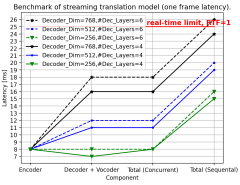Authors: Haixu Wu, Huakun Luo, Haowen Wang, Jianmin Wang, Mingsheng Long
Published on: February 04, 2024
Impact Score: 8.3
Arxiv code: Arxiv:2402.02366
Summary
- What is new: Introducing Transolver, a novel method that employs Physics-Attention to adaptively split the domain of PDEs into learnable slices for better modeling of physical states.
- Why this is important: Difficulty in capturing intricate physical correlations in PDEs due to discretized, complex geometries with large-scale meshes.
- What the research proposes: Transolver uses Physics-Attention to dynamically group mesh points into slices based on similar physical states, enabling efficient and accurate capture of physical correlations.
- Results: Transolver demonstrates a 22% relative gain over state-of-the-art models across six benchmarks and shows significant improvement in industrial simulations, such as car and airfoil designs.
Technical Details
Technological frameworks used: Physics-Attention mechanism within Transolver framework
Models used: Transformers
Data used: Standard PDE benchmarks and large-scale industrial simulation datasets
Potential Impact
Aerospace and automotive design companies, computational physics software markets
Want to implement this idea in a business?
We have generated a startup concept here: PhysiSim AI.




Leave a Reply